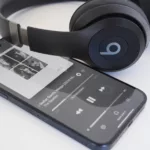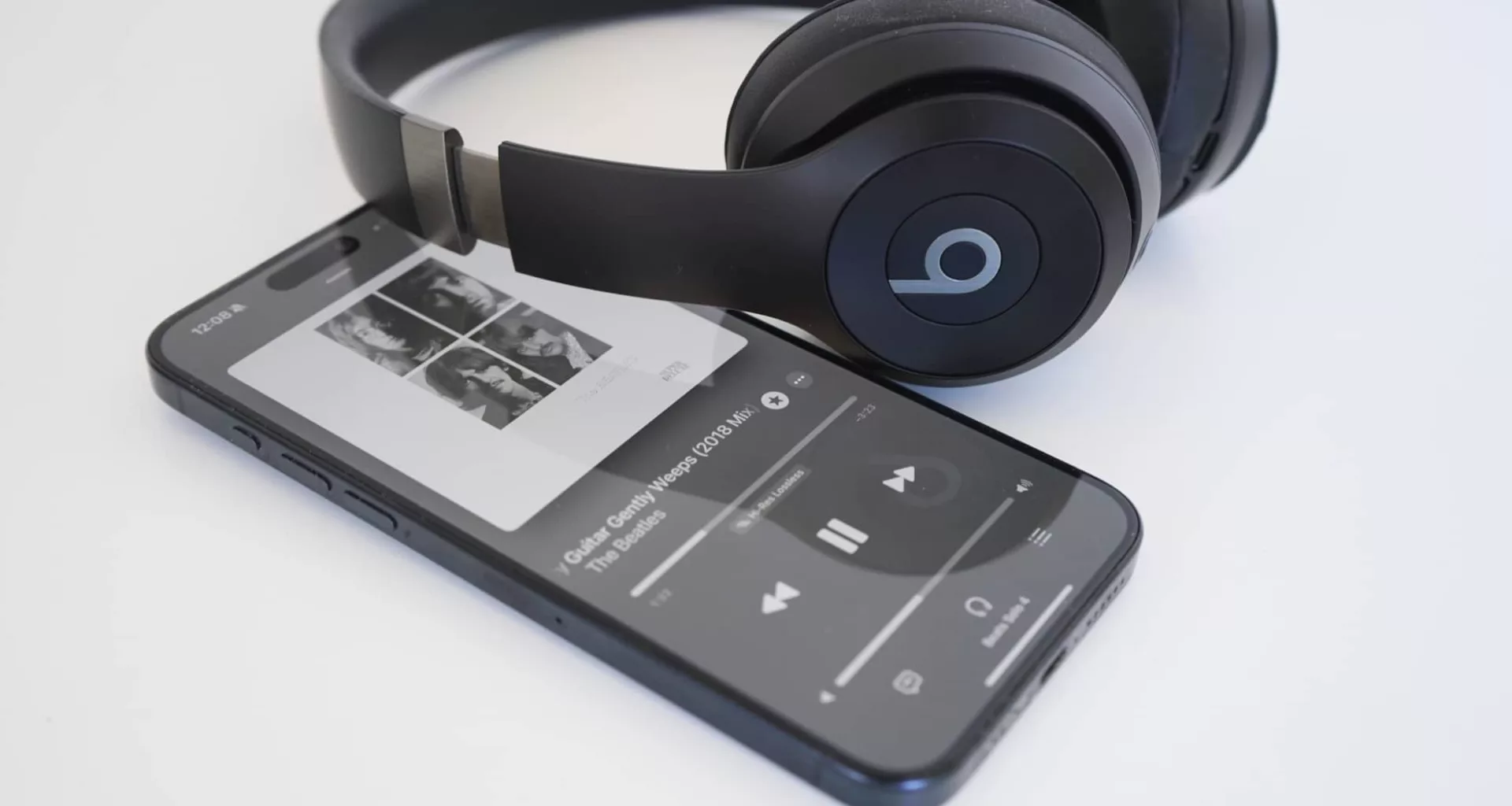Quick review
The good
The not-so-good
A new pair of Beats offers the Solo style, but somehow misses noise cancellation. Is the price worth what’s on offer in the Beats Solo 4?
How long does it take for a generation of headphones to get updated? That’s a question we can normally put down to two or three years, sometimes earlier. Not so with Beats, a company which keeps its headphone in market for a surprisingly long time.
When Beats does release a new model, the look is one of the things that often stays the same, or with a refinement here and there. That’s the way it has largely been since Beats first appeared on the heads of sports stars, celebrities, and yes, even the public.
Beats headphones have been around long enough, launching the original Solo back in 2009. That was fifteen years ago, and it has been a design Beats has refined over time.
We saw an evolution of that with the Solo 3 back in 2016 when the company first cut the cord to its Solo headphones, and there has even been a generation with noise cancellation, the Solo Pro. That last model is discontinued now, surprising given they were a decent pair of headphones, but Beats is keeping the design in place with the Solo 4.
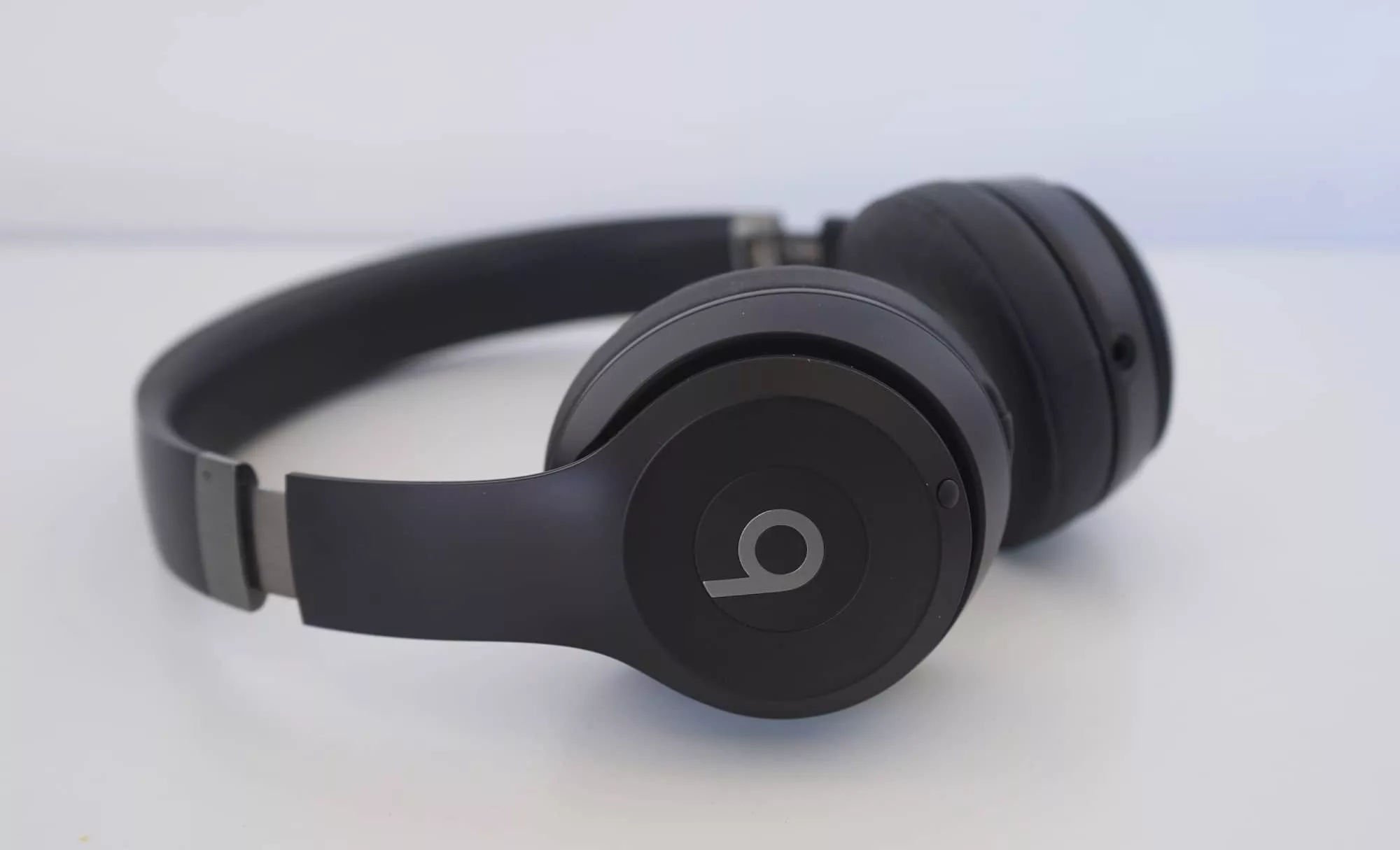
Design and features
The latest generation applies minor design tweaks, but keeps the lowercase “b” in place on each cup. Plastic is the name of the game with on-ear supra-aural plush ear cushions, neither of which don’t appear to be replaceable.
On the inside, things have changed, with a 40mm driver and a custom architecture with support for dynamic head-tracking with spatial audio, and there’s support for iOS and Android, something that makes the Beats headphones distinct from headphones made by Apple.
There’s also a sizeable battery in the Solo 4, offering up to 50 hours on a charge, but with a ten minute charge pricing up to 5 hours of use. You don’t need to use the battery, mind you; there’s a 3.5mm cable and jack included, and these require no power whatsoever. An included USB-C cable can be used to charge the headphones and run sound from Type C ports.
Most people will likely rely on Bluetooth, however, and there’s support for Bluetooth 5.3 on the Solo 4.
Much of this is on the inside. On the outside, you’ll find controls on the left side, and it stays the same for most users.
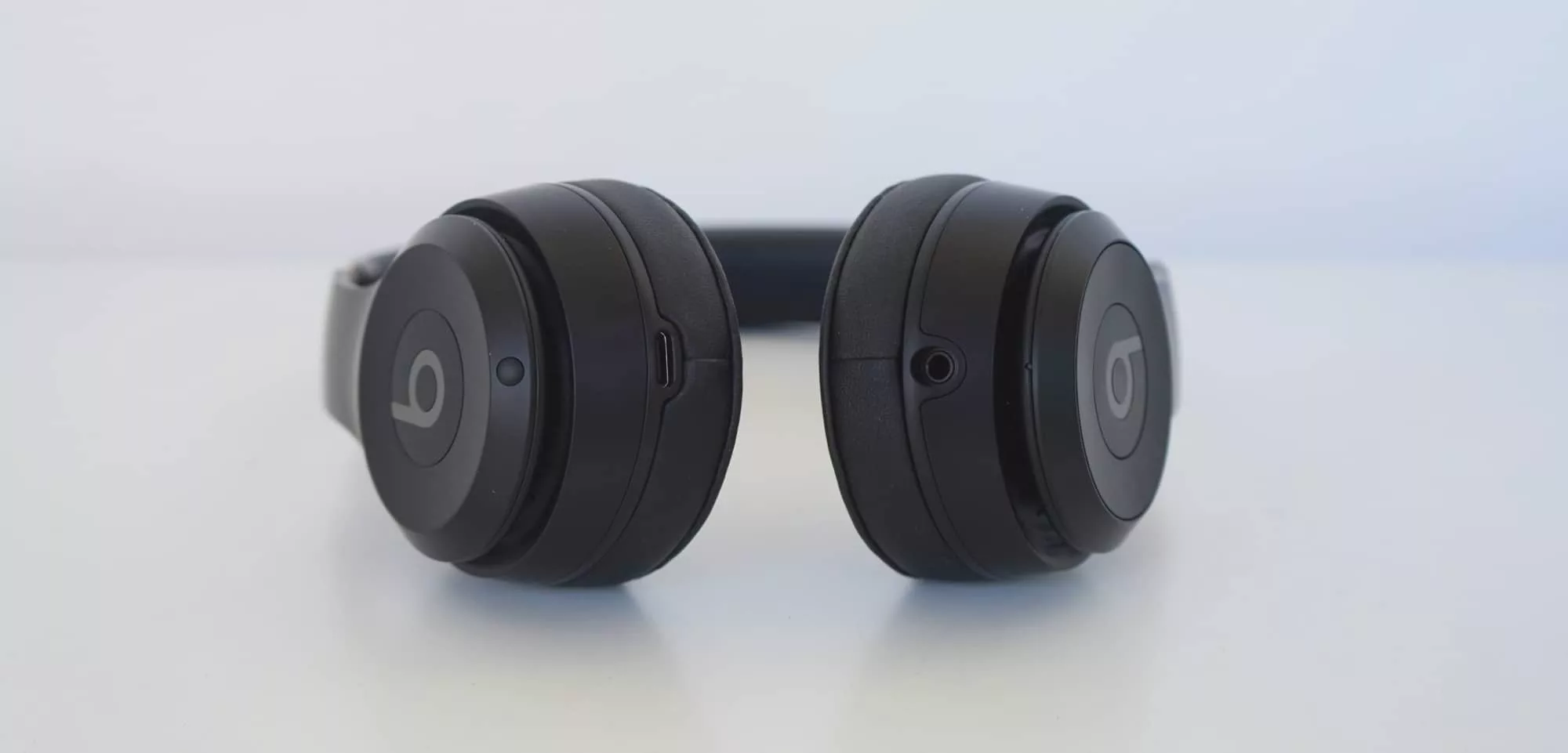
In-use
You’d never really notice the design changes if you looked — there’s an obvious “LEFT” on the left side — and it’s a similar effort with the controls. Much like previous Beats Solo cans, these offer two button elements on the left can covering a main button you can pause and play with, and double press to skip ahead, while the volume controller is the ring around that. Press up on the ring and it’ll raise the volume; press down on the ring to lower it.
It’s an easy control scheme that won’t break your mind at all, and forces you to remember nothing complex, which is always a good thing.
There are hinges to fold down the headphones and collapse them into a supplied case.
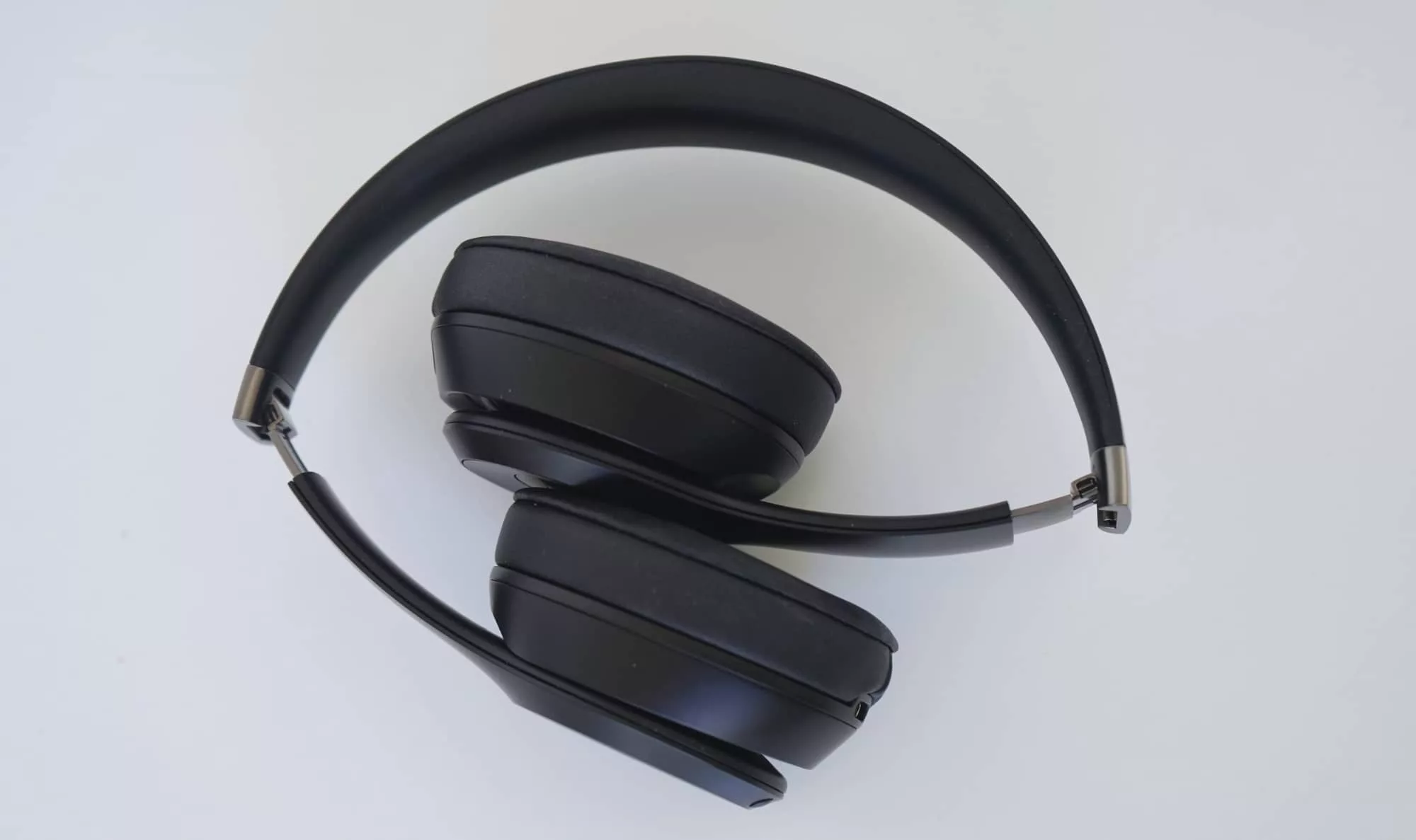
Beats also offers a power button below with an LED battery gauge, something of a bit of a legacy throwback for Beats’ headphones.
Throw them on, and you’ll find another legacy throwback: a tight fit. A really tight fit.
This is one of those things you’ll either be indifferent to or hate; we’re not sure anyone truly loves the Beats fit, but it either won’t bother you, or it really will.
WhistleOut’s Alex Choros isn’t a fan of the fit, but we’re largely indifferent. It’s tight, but we’ve felt tighter.
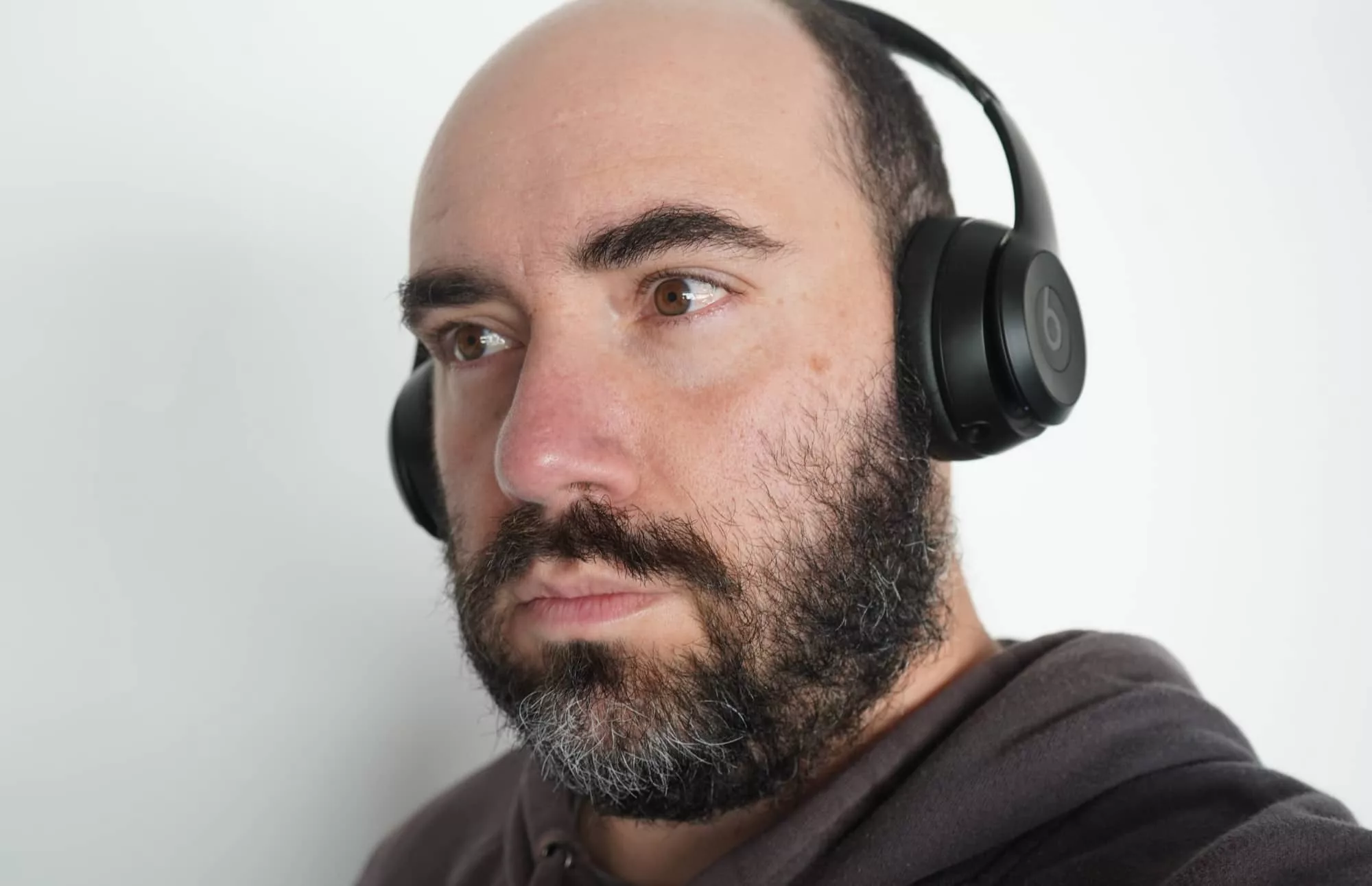
Performance
Once your skull is used to the tight fit of the Solo 4, it’s time to get stuck into the sound. As usual, we’re doing it with the Pickr Sound Test, which you can listen to for yourself.
That starts with electronic, where we find Tycho and Daft Punk lacking the guttural bass, but delivering some crisp high and mids. It’s a nice sound, and it’s one we can hear clearly in Carly Rae Jepsen’s “Cut To The Feeling”, the dynamics obvious and fun.
At times it feels like we’re looking for more bass: the big snap of drums and bass line in Mark Ronson’s “Uptown Funk” feels subdued, surprising given what Beats is known for, and the same is true with Charlie Puth’s “Down For Me”. The guttural bass in FKA Twigs’ “Two Weeks” is more or less absent. You can hear where the deep bass should be, but the Solo 4 isn’t playing it up as well as other headphones.
Fortunately, they can also sound pretty lovely at times, too.
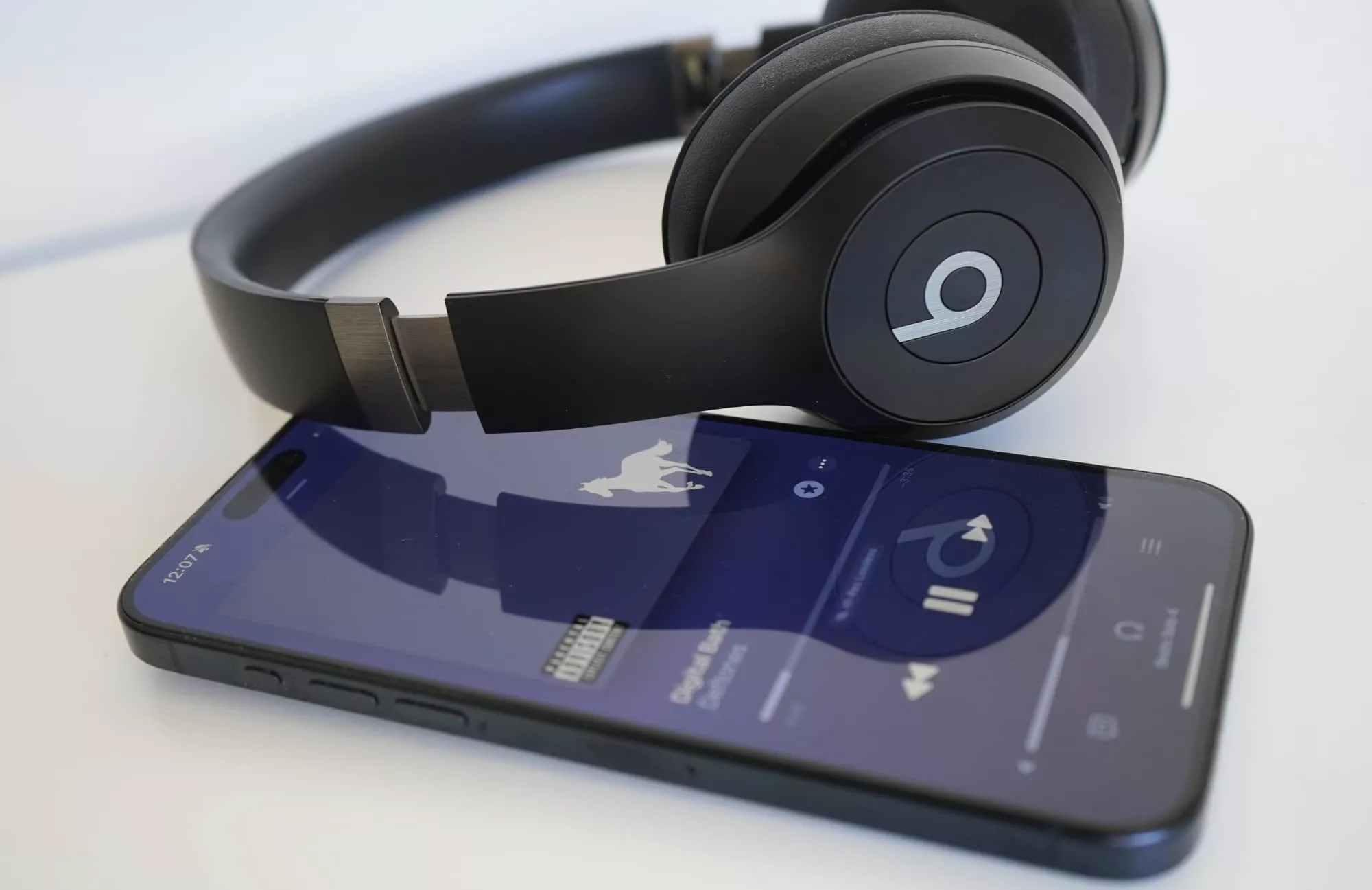
In the rock of the Deftones, The Beatles, and David Bowie (albeit not together, though that would be a gig), the bass is there and clear, and the sound just delivers. Rock is a comfortable sound, whether it’s old or new. The soul of Marvin Gaye is much the same. You get a pretty good vibe for older tracks, for sure.
We wish they had active noise cancellation, but there’s a crisp sound all the same.
Spatial Audio
While you won’t find noise cancellation in the Solo 4, you will find dynamic head-tracked spatial audio, particularly when watching movies on an iPhone or iPad, or using Apple Music on those devices. It also works on recent MacBook models, such as the M3 MacBook Air and M3 MacBook Pro.
It means if you play Dolby Atmos tracks, you’ll hear the sound changing as you move your head, shifting the music around the space of your head.
That’s no different to what Beats provides to some of its other headphones, including the Studio Pro and the Fit Pro earphones, and it’s something only Apple owners can experience, but it’s a neat inclusion all the same.
Unlike the implementations Bose uses on its QuietComfort Ultra headphones, the Solo 4 relies on tracks engineered and delivered in Dolby Atmos to make this trick work. That’s both good and bad: it means you get the actual track in Atmos (yay!), but it also means Android owners miss out on spatial on the Solo 4 because Atmos isn’t delivered on Apple Music on Android.
Worth noting that a version of head-tracked spatial does work for Bose on Android because Bose doesn’t use Atmos tracks for head-tracked spatial. It’s complex, we know.

Battery
One positive owners of either mobile OS get is the battery life: it’s solid.
The Beats Solo 4 offers up to 50 hours of battery life, dependent on whether you use spatial audio or not, though you should easily find a week’s worth of life from regular use, provided you use them 8 hours per day, which we don’t think you will.
Eight hours is a lot of daily use for headphones. Use them for a few hours per day, and you’ll probably get closer to two weeks, which isn’t bad at all.
Value
The biggest question mark for the Beats Solo 4 is the price: at $330 in Australia, it’s just not competitive in the slightest. Beats isn’t normally competitive, so this isn’t a huge surprise, but the cost still seems higher than it should be.
In Australia, the $300 mark is where noise cancelling headphones live. It’s not the high-end models, but typically cans from this price point have some degree of noise cancellation tech.
Not the Beats Solo 4, which skip the tech and just go with standard sound. The sound is great, sure, and you get Dolby Atmos support on iPhone, iPad, and Mac, but you’re not going to find a bubble of noise isolating sound, which is a shame.
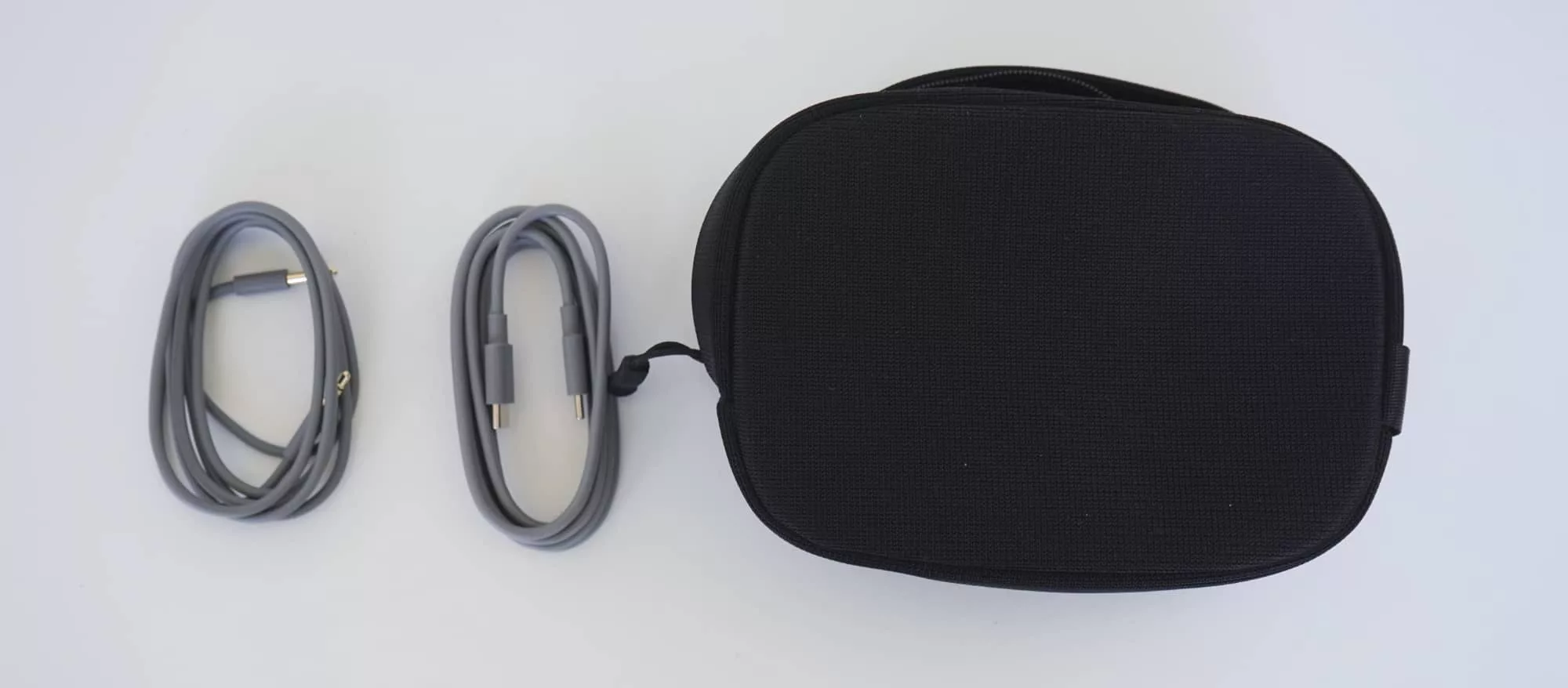
What needs work?
So the price definitely needs some work, but so does the tightness of the band, which is so tight and heavy to begin with. As we noted earlier, some won’t be bothered by it — this reviewer has seen worse — but it’s still a tight fit, and may feel like it’s pressing harder against your skull than other pairs out there.
We found it gradually loosens, as most tight headphones do, but the first few weeks can feel a little like you’ll need to travel with an extra tab or two of Panadol. You’ll be right.
That said, we wish the Beats Solo 4 offered noise cancellation and an auto-pause sensor, or at least one of these. Sadly, it offers neither, which feels like a bit of a misstep, especially given the competition.
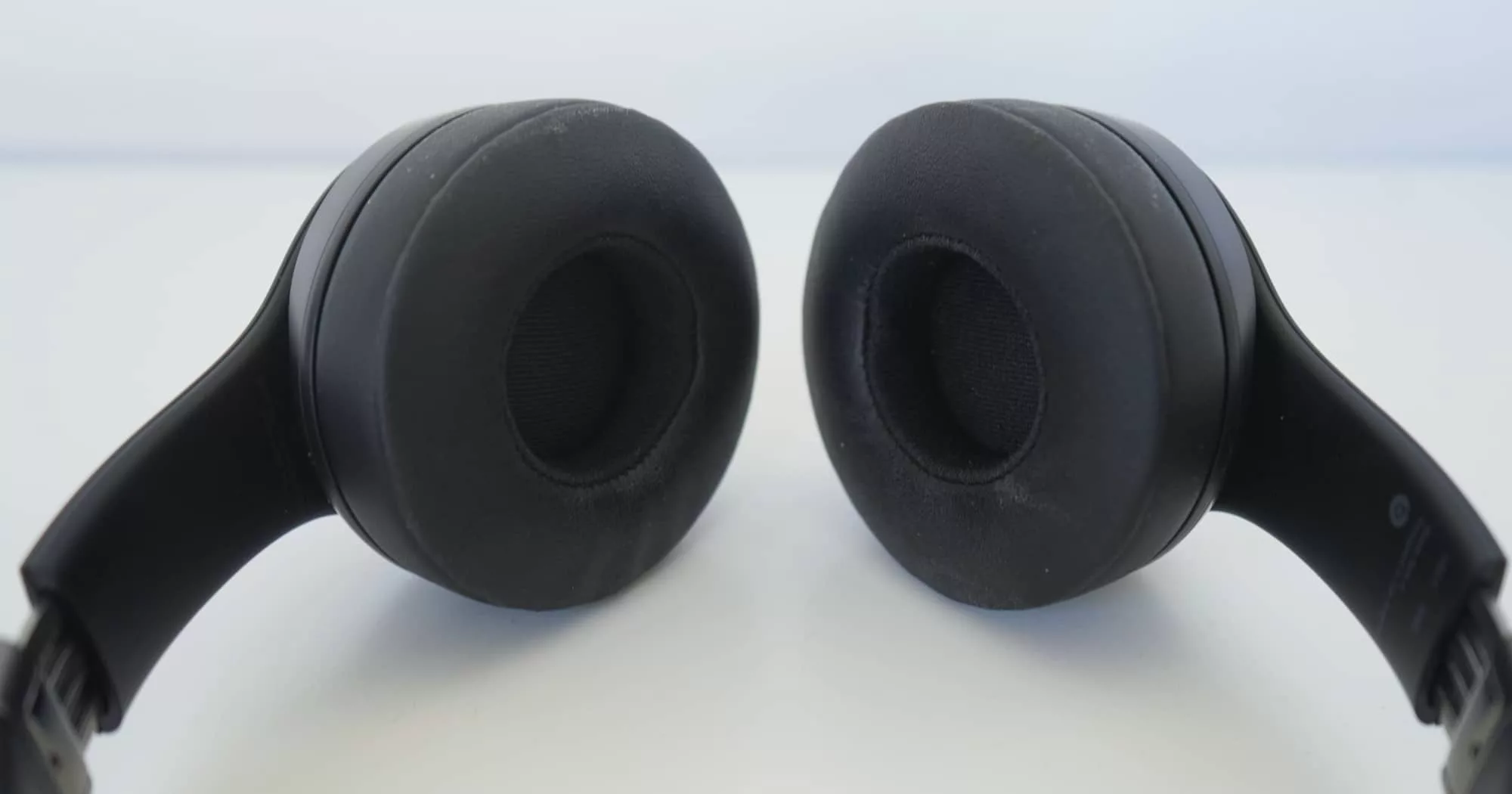
Beats Solo 4 vs the competition
There is a fair amount of competition out there. They may not have the same cache that Beats has, but they certainly hit the price point with better value.
Take the $249 Sony CH720N, which lacks the same Beats style and won’t fold up, but manage to be less expensive, more comfortable, and offer noise cancellation. They’re the obvious headphones we’d consider to be a direct competitor, but there’s also the $299 Sennheiser Accentum, not to mention some slightly older models sticking around, including the superseded-but-still-available Bose Quiet Comfort 45, as well as the JBL Tune 760 NC.
We’d say the Sony are the best of this lot to consider, and while they’re different to the Beats Solo 4, there would be ample reason to consider a pair that delivers better value overall.
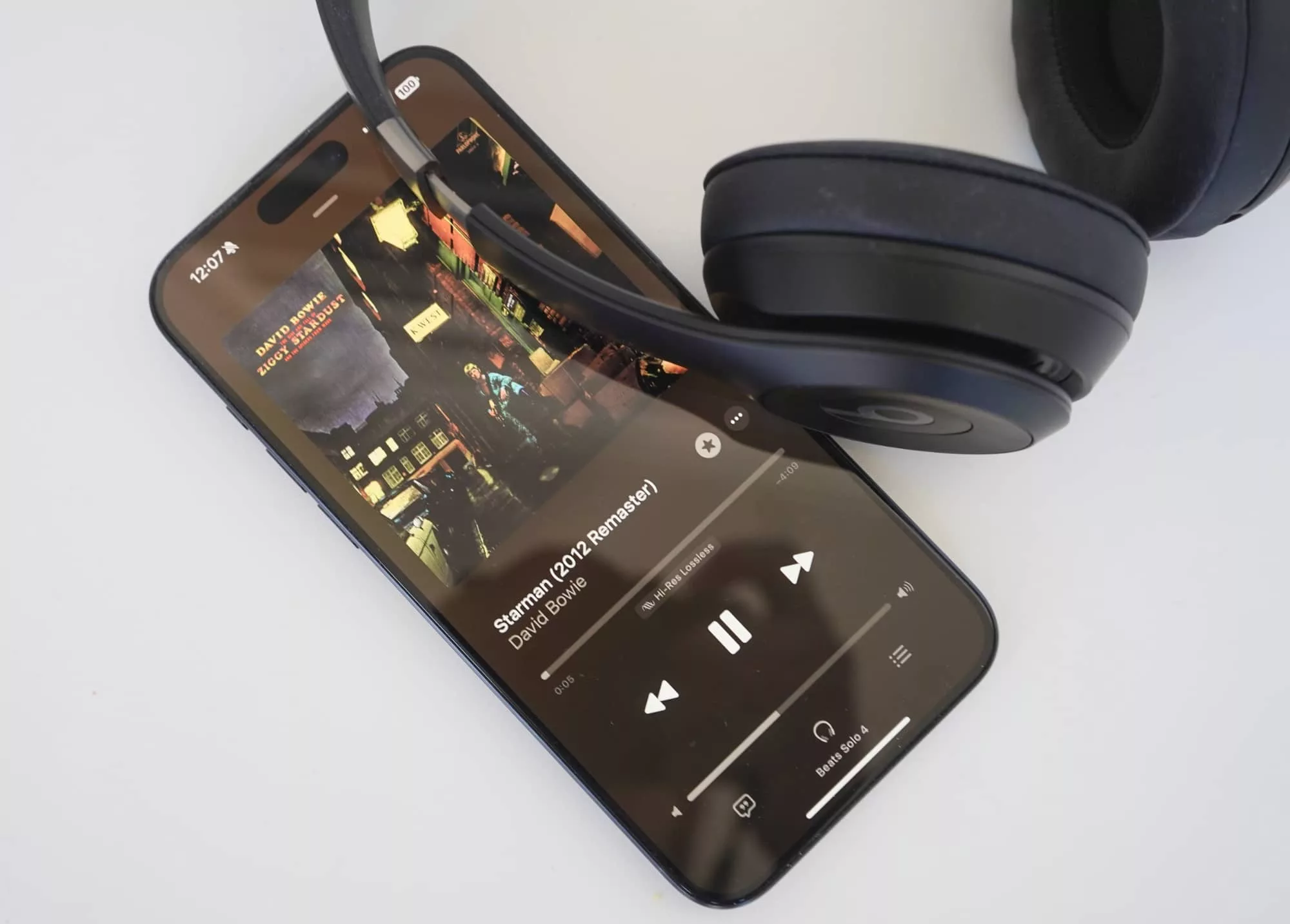
Final thoughts (TLDR)
The price is a touch alarming, especially given the lack of ANC, but to Beats’ credit, there are other reasons to consider the Solo 4. They fold up, they come with a case, they support USB-C audio, and they even support Apple’s Find My tracking technology used in the AirTag, which isn’t something headphones are often given, outside of those made by Apple.
There are definite reasons to consider what Beats has made, and much of it comes down to style: if you like how Beats designs a headphone and can live without noise cancellation, the portability and battery life make it worth consideration. The Beats Solo 4 are style and spatial.
But if you like Beats and want something better, you might want to check out last year’s Beats Studio Pro, which offers a better feature set in a similar design, and are basically the noise cancelling equivalent of this year’s Solo 4.
